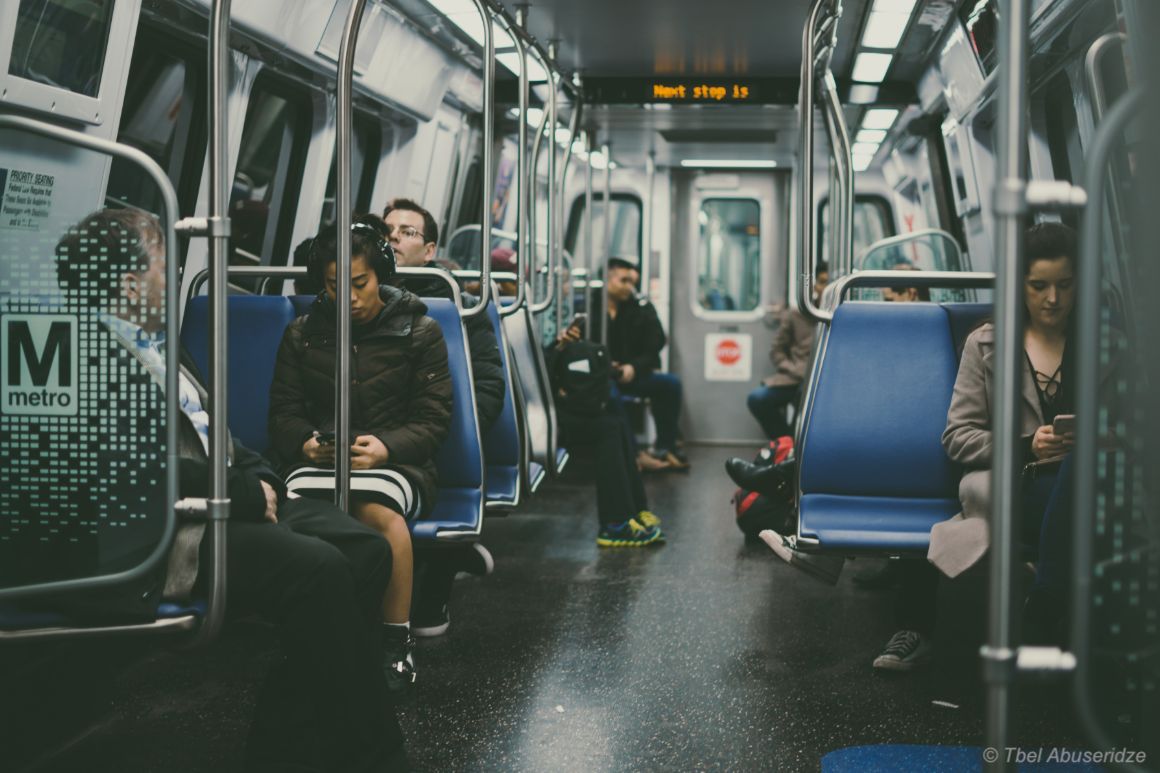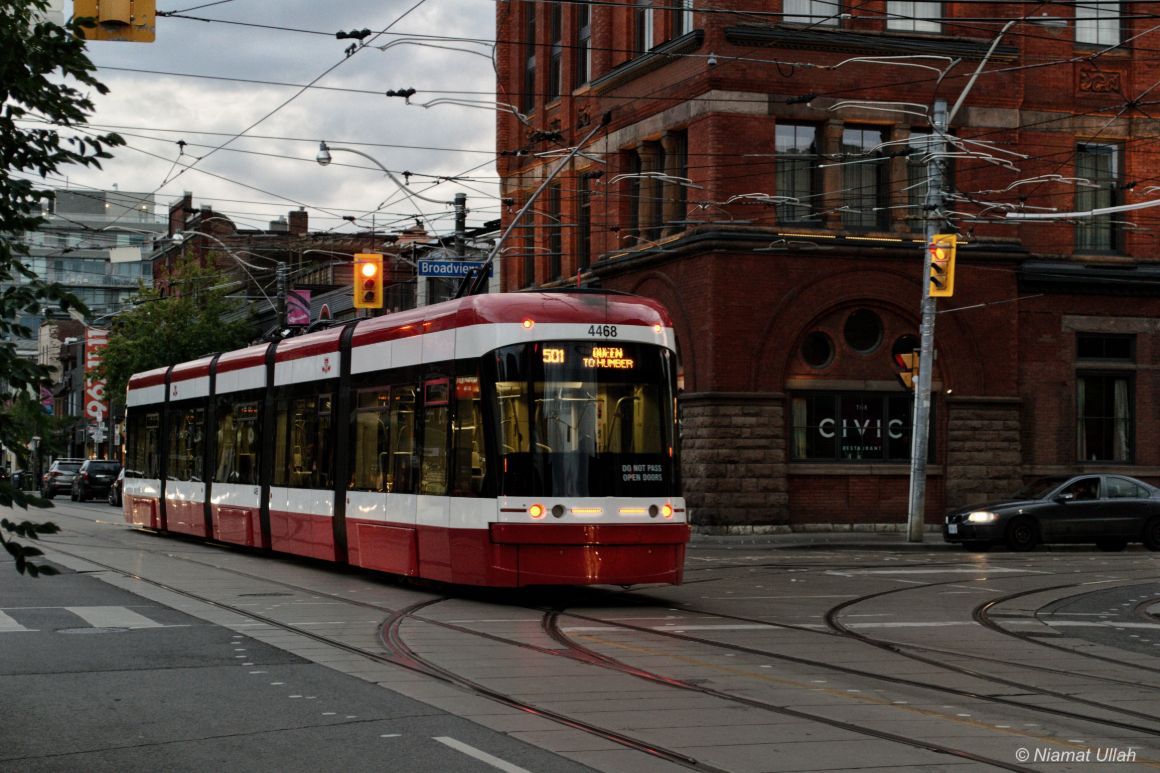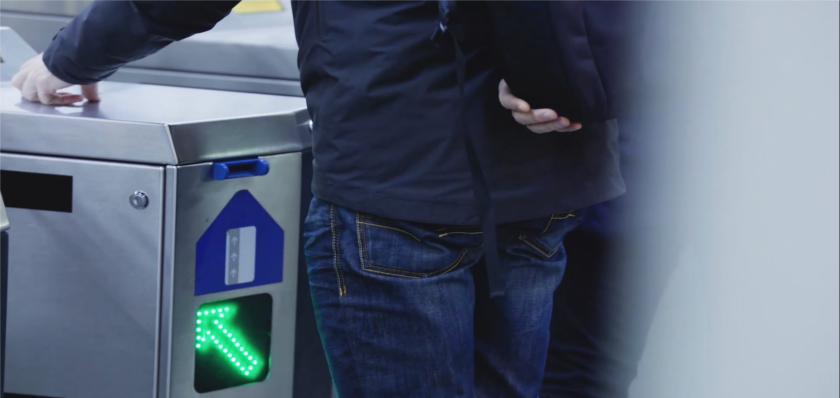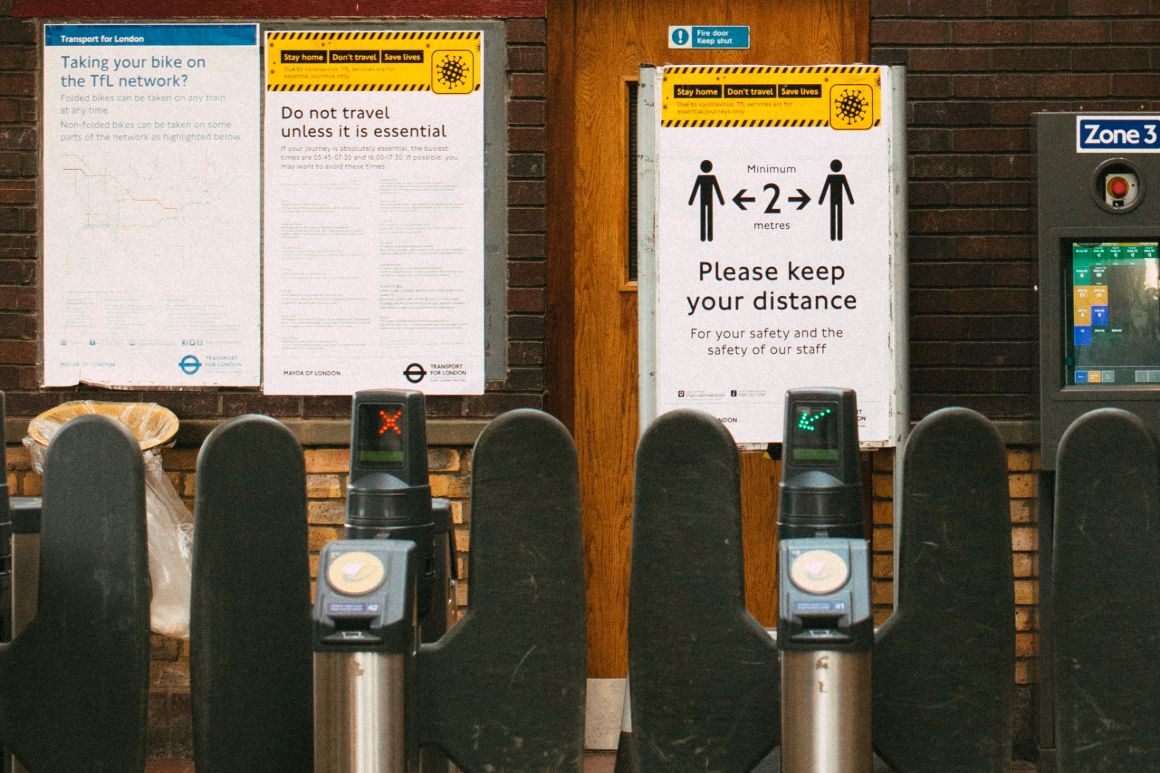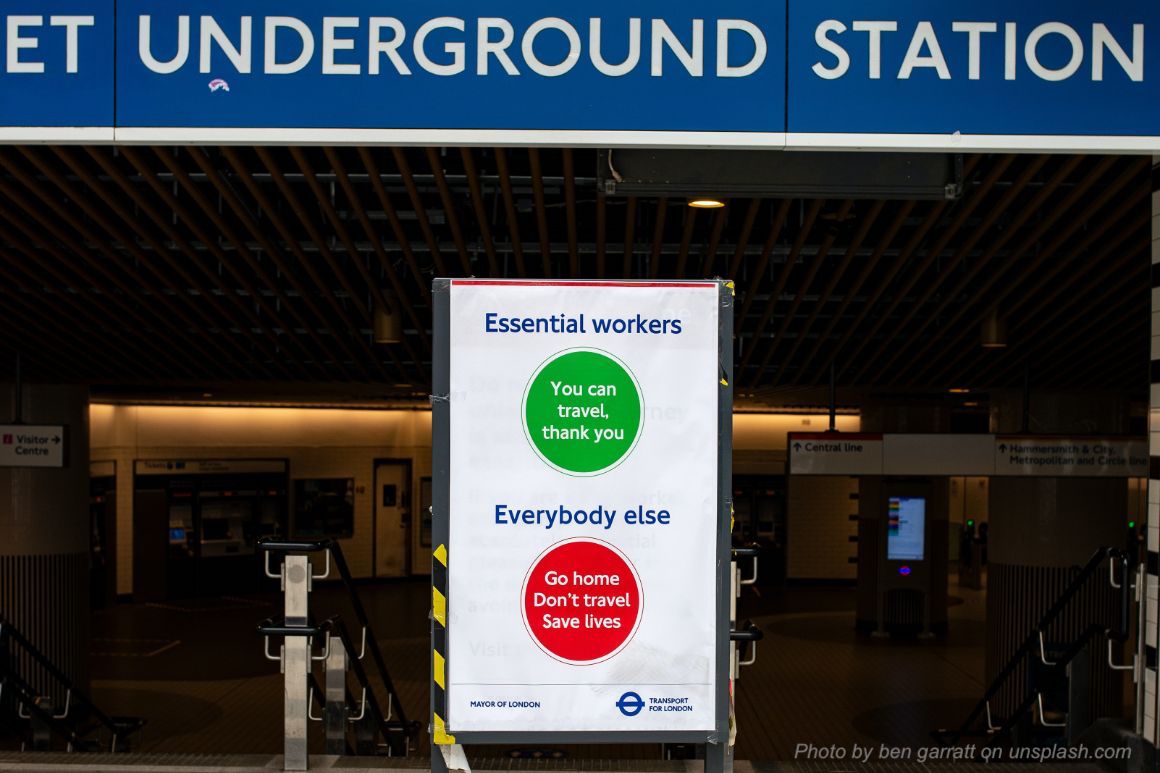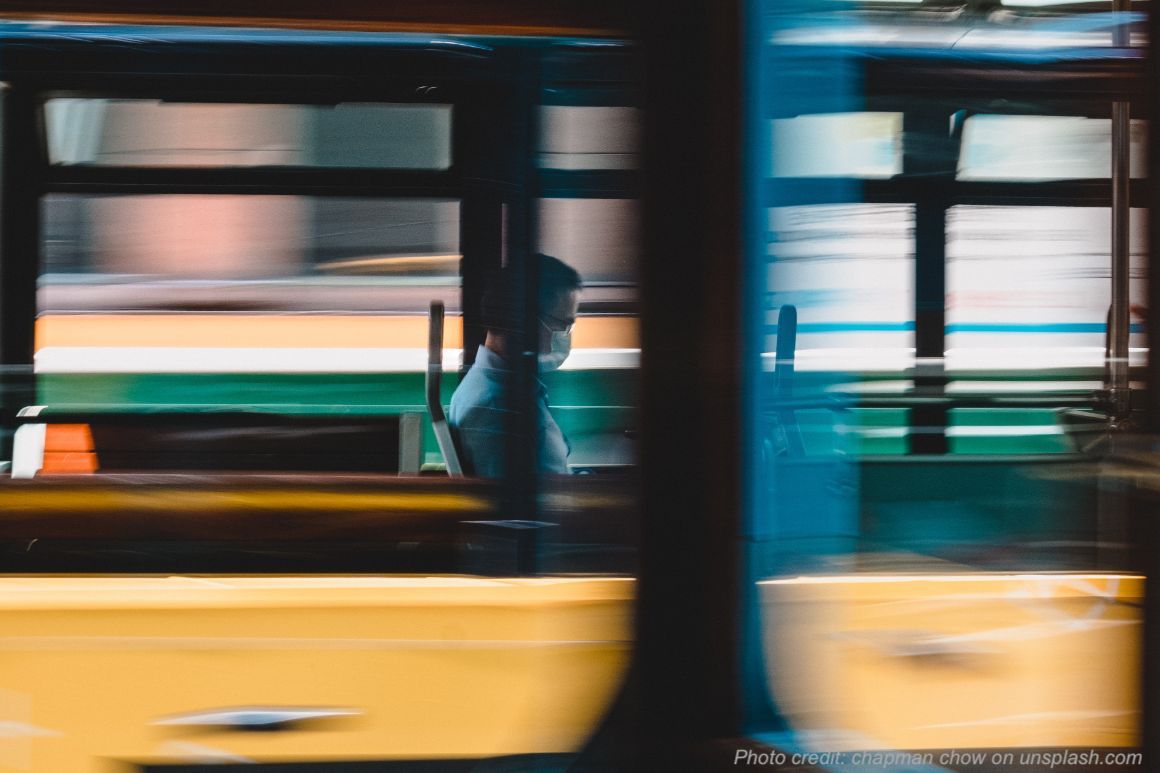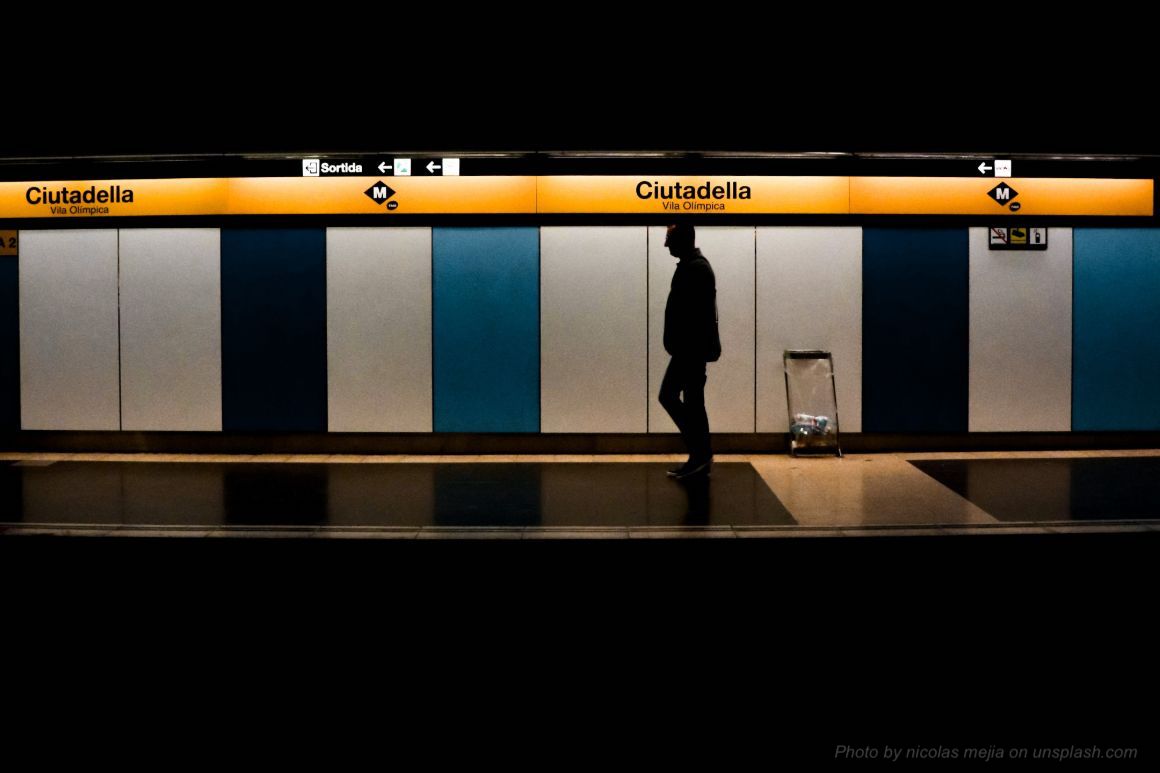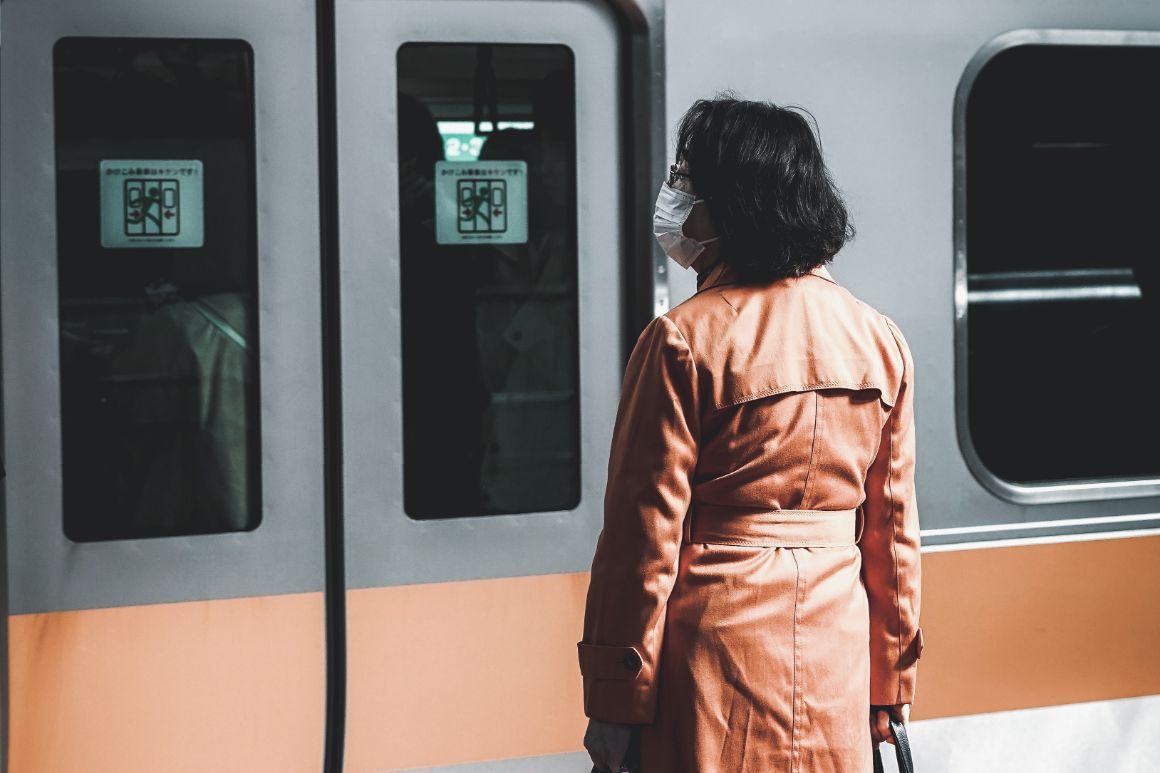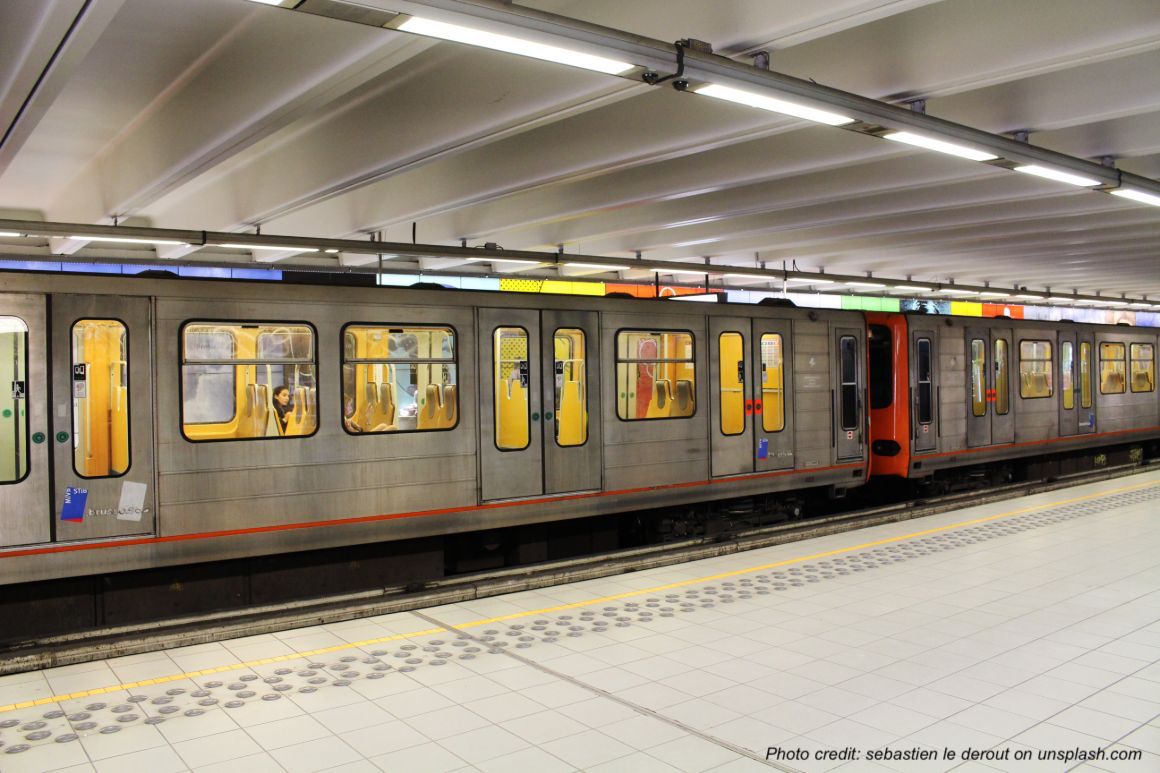Making better use of existing video networks Overcoming the challenge of manually analysing video feeds from security cameras is one of the biggest tasks for companies that use video surveillance on their premises. Security agents have to spend many hours checking multiple computer screens, and oftentimes there are not sufficient agents to review all...
The role of AI Video Analytics for reducing fare evasion in public transport
Transport managers can draw more value from their video surveillance networks by employing intelligent Video Analytics using AI
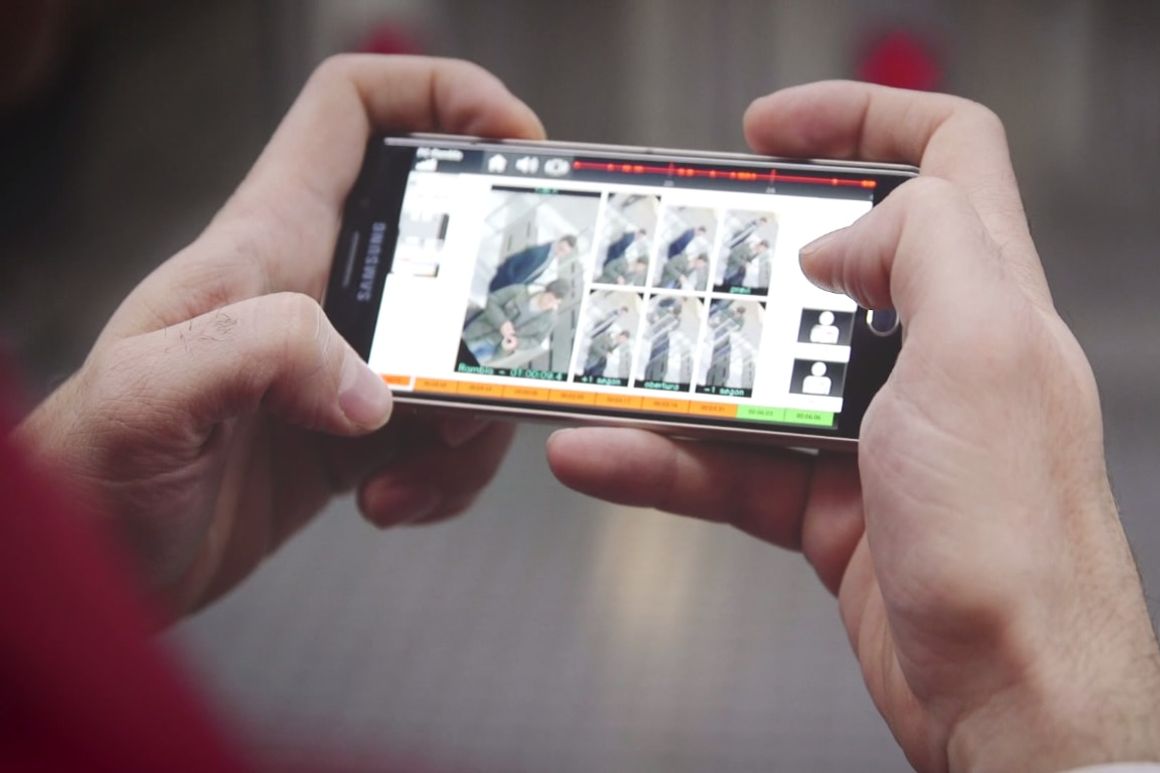 A ticket inspector checks a fare infraction alert on the real-time fare evasion detection app developed by Awaait (note: the scenes in the app are a simulation played by actors)
A ticket inspector checks a fare infraction alert on the real-time fare evasion detection app developed by Awaait (note: the scenes in the app are a simulation played by actors)
